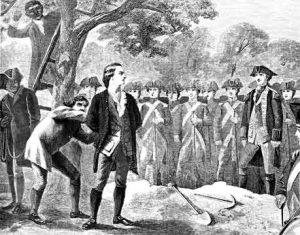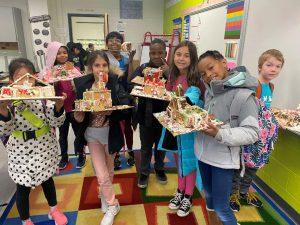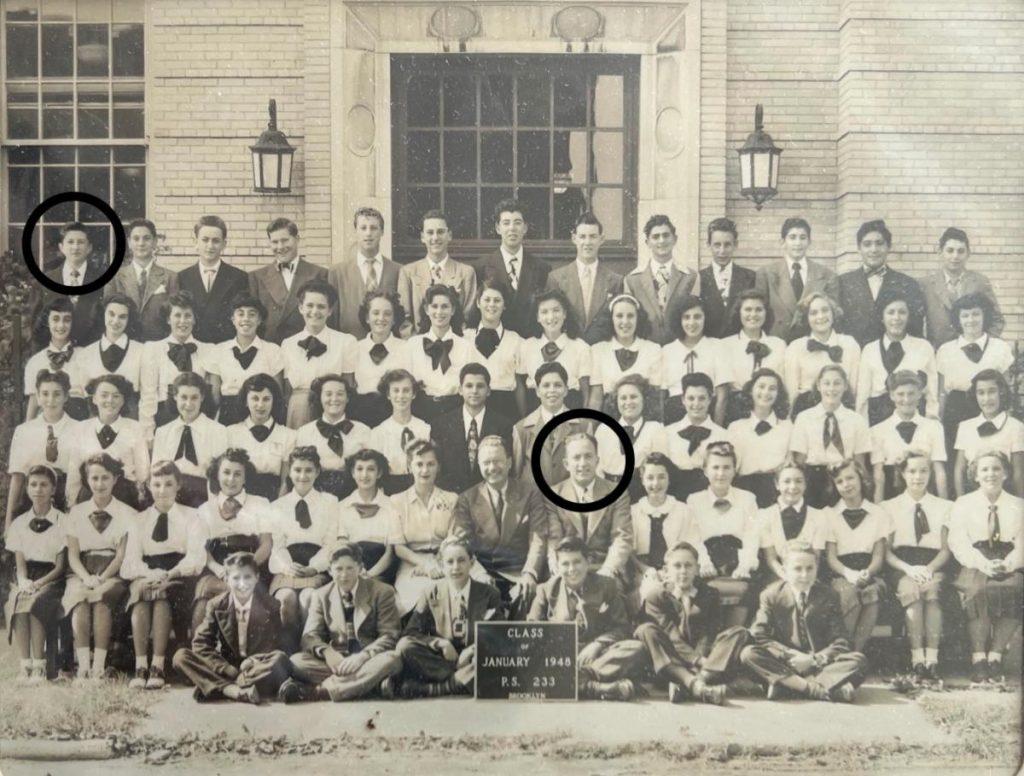A Long Way Back In Time…
The date yesteryear was 1770
Or was it
Known to all
These 13 colonies
The Revolutionary War
Upon them
Taxes too much
Jobs too few
Similar from yesteryear
For me and for you
Infamy in a way
Our American future
Then as now, it seems
People having split dreams
Or baffled by life
With its dissipation
Stagnant and dim
Little joy being celebrated from within
From thirteen colonies
We’ve grown to fifty states
Three hundred sixty million
Somehow we remain strong
And though while still in peril, his voice was heard to say:
“I Regret I Have One Life to Give to My Country”
“Nathan Hale was a young teacher from Connecticut who served as a spy for the American Army. He was captured by the British on September 21, 1776, and executed, being hung from a tree the very next day, without a military trial, or court martial. He never said, “I only regret that I have but one life to lose for my country,” which is a paraphrase of a line from Joseph Addison’s play, Cato.”
“Cato, a Tragedy is a play written by Joseph Addison in 1712 and first performed on 14 April 1713.” (Sixty-two years prior to the American Revolution.) Even then many voices were there to say: “Oh, what fools these actors be!”
Note: For those of you who enjoy taking a dip into American history, and specifically the life and times of an American patriot by the name of Nathan Hale: This gentleman graduated from Yale at the age of eighteen, carrying a double major through college—one of which happened to be literature (no surprise).

“According to the diary of Captain Frederick Mackenzie, a British officer who witnessed the execution, Hale’s last words were, “It is the duty of every good officer to obey any orders given him by his commander-in-chief.” Patriot leaders used stories about his execution to make Americans angry about Britain’s unfairness. At the time of Hale’s death, the American army was doing poorly, and the patriots needed encouragement. Hale’s example helped strengthen support for the cause of independence.”
“Hale was born on June 6, 1755, in Coventry, Connecticut, the second son of Richard and Elizabeth Hale. A prominent family, the Hales were devout Puritans and instilled in their children the importance of hard work, religious virtue, and education. At 14, Hale was sent off to Yale University with his older brother, Enoch, where he excelled in literature and debate. He graduated with honors, at age 18, and became a school teacher in East Haddam and later New London, Connecticut.”
 1775: APPROXIMATE POPULATION OF 2.6 MILLION IN THE THIRTEEN COLONIES
1775: APPROXIMATE POPULATION OF 2.6 MILLION IN THE THIRTEEN COLONIES
 2023: APPROXIMATE POPULATION OF 360 MILLION IN THE U.S.
2023: APPROXIMATE POPULATION OF 360 MILLION IN THE U.S.
Back when I was attending grade school at P.S. 233 in the wondrous borough of Brooklyn, New York—not far from where the patriotic hero Nathan Hale was executed by the British military—we kids became involved with the history of our great forty-eight states. We were blessed with a teacher whose specialties were science, and American history, with a touch of geography thrown in as well.
In the fourth grade, Mr. Salovey, a returning veteran naval officer, was a marvelous guy who instantly became a hero for many of us kids. We were with Mr. Salovey for three years during our fourth, fifth, and sixth grades.
 HARVEY KALMENSON (UPPER LEFT), MR. SALOVEY (SECOND ROW FROM BOTTOM, CENTER)
HARVEY KALMENSON (UPPER LEFT), MR. SALOVEY (SECOND ROW FROM BOTTOM, CENTER)
History and geography came to life as he explained things about most of the places he had actually traveled to as both a civilian and while serving in the United States Navy.
On one particular morning, during one of our first days in his class, we noisily entered Mr. Salovey’s classroom at 8:45 am. We found him there waiting for us and ready to “fire at will”, as he put it. We all learned quickly; he wanted us to all take part on that very first day. And that’s exactly what we did from day one with Salovey.
The year was 1945. “Let’s begin today with a discussion of the men who stepped up on our behalf way back in 1775”, he informed us. “We’re going to begin almost the same way they did about 170 years ago. Our first group of folks was part of what they called the thirteen colonies. Today, we call them the forty-eight states.” “The United States of America!” was shouted out by one of the guys in the back. “You got it right!” Mr. Salovey shouted back at him. The class all laughed and clapped together. I guess a person might say it was a proud moment.
Three hours flew by. It was time for lunch. And though I was unaware, it would be in truth, a turning point; a new beginning, stimulated by a returning WWII naval veteran. Likely my best learning day to date. Arguably, my lifetime. The man had a very substantial method for explaining things to very young people. He referred to how he taught as “simplification”. “You can’t really teach history without doing geography at the same time”, he would explain. I.e., One day, during an open class question period, a student asked when he was going to begin teaching us about geography. Mr. Salovey answered her with the following list of names:
Ethan Allen
Benedict Arnold
Elijah Clarke
Alexander Hamilton
Paul Revere
Crispus Attucks (Boston Massacre, March 5, 1770)
Benjamin Franklin
King George III
“Do you remember where they lived?” he asked. She answered correctly without hesitation. He then requested, “Can any of you tell me about the place and town they lived in, or what they had to do in order to get there?” No response. “Did they perhaps have to cross a river in order to get there?” What followed was complete class exuberance, hands were raised, and many began shouting their answers. He had made his point. “More often than not, history and geography go together”, he explained. “They can become synonymous.”
With flare, verve, and great pride in our country, Mr. Salovey introduced his patriotically spirited take on the American Revolutionary War along with unmistakable respect for his comrades in harm’s way.
Harvey Kalmenson
Source/s: Google, Yahoo Images, historycentral.com, biography.com